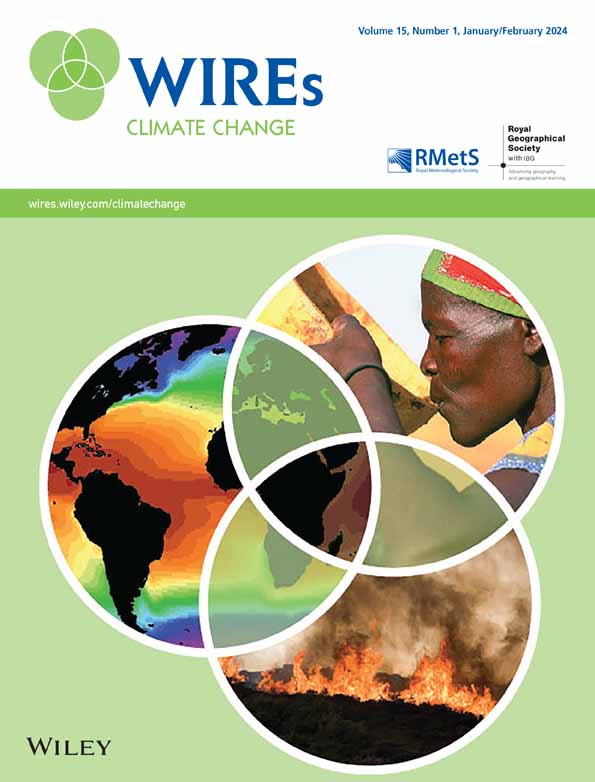自然碳去除技术
IF 10.3
1区 环境科学与生态学
Q1 ENVIRONMENTAL STUDIES
引用次数: 6
摘要
非专业人士往往更喜欢天然的碳去除解决方案,而不是技术解决方案。研究人员认为,所有的碳去除方法都可以被视为“自然的”。在这里,我认为,在实践中,也有必要将所有的碳清除方法视为“技术性的”,即标准化、工程化、类似机器的封闭系统。天然碳去除方法是复杂的社会-自然-技术混乱系统,以复杂的方式与其环境相互作用。但为了在气候政策中——包括在任何排放交易或抵消计划中——作为一种选择在实践中发挥良好作用,它们同时需要用更窄的术语来界定,以负责任(可建模、可交易)。我们不仅要努力构建,还要努力使天然碳去除尽可能标准化、工程化、机械化和封闭化——尽管注定永远不会完全成功。正是在这些意义上,所有的碳去除都是技术性的。通常模糊的自然框架、狭义的技术框架和更广泛的社会-自然-技术框架之间的模糊性,关系到公众的理解和接受。如果公众了解到不可避免的技术框架和成型,他们还会更喜欢天然的碳去除解决方案吗?需要对此进行研究。这也关系到缓解威慑的风险。先前的研究表明,碳去除方法作为技术的狭义框架与阻碍减少温室气体排放的社会进程有关。本文章由计算机程序翻译,如有差异,请以英文原文为准。
Natural carbon removal as technology
Lay people tend to prefer natural solutions for carbon removal over technological ones. Researchers have argued that all carbon removal methods can be seen as “natural.” Here I argue that it is also in practice necessary to see all carbon removal methods as “technological,” that is, standardized, engineered, machine‐like, enclosed systems. Natural carbon removal methods are complex socio‐natural‐technical messy systems that interact in complex ways with their environments. But to work well in practice as an option in climate policy—including in any emissions trading or offsetting schemes—they simultaneously need to be framed in much narrower terms, to be accountable (modellable, tradeable). And there will be efforts to not just frame, but physically make natural carbon removal as standardized, engineered, machine‐like and enclosed as possible—although doomed to never be fully successful. It is in these senses that all carbon removal is technological. The ambiguity between an often vague framing as natural, a narrowly technological framing, and a wider socio‐natural‐technical framing, matters for public understanding and acceptance. Would lay publics still prefer natural solutions to carbon removal, if they are informed about the inevitable technological framing and shaping of them? Research is needed about this. It also matters for the risk of mitigation deterrence. Previous research shows that the narrow framing, of carbon removal methods as technology is implicated in societal processes that deter efforts to reduce greenhouse gas emissions.
求助全文
通过发布文献求助,成功后即可免费获取论文全文。
去求助
来源期刊

Wiley Interdisciplinary Reviews: Climate Change
METEOROLOGY & ATMOSPHERIC SCIENCES-
CiteScore
20.00
自引率
2.20%
发文量
58
审稿时长
>12 weeks
期刊介绍:
WIREs Climate Change serves as a distinctive platform for delving into current and emerging knowledge across various disciplines contributing to the understanding of climate change. This includes environmental history, humanities, physical and life sciences, social sciences, engineering, and economics. Developed in association with the Royal Meteorological Society and the Royal Geographical Society (with IBG) in the UK, this publication acts as an encyclopedic reference for climate change scholarship and research, offering a forum to explore diverse perspectives on how climate change is comprehended, analyzed, and contested globally.
 求助内容:
求助内容: 应助结果提醒方式:
应助结果提醒方式:


